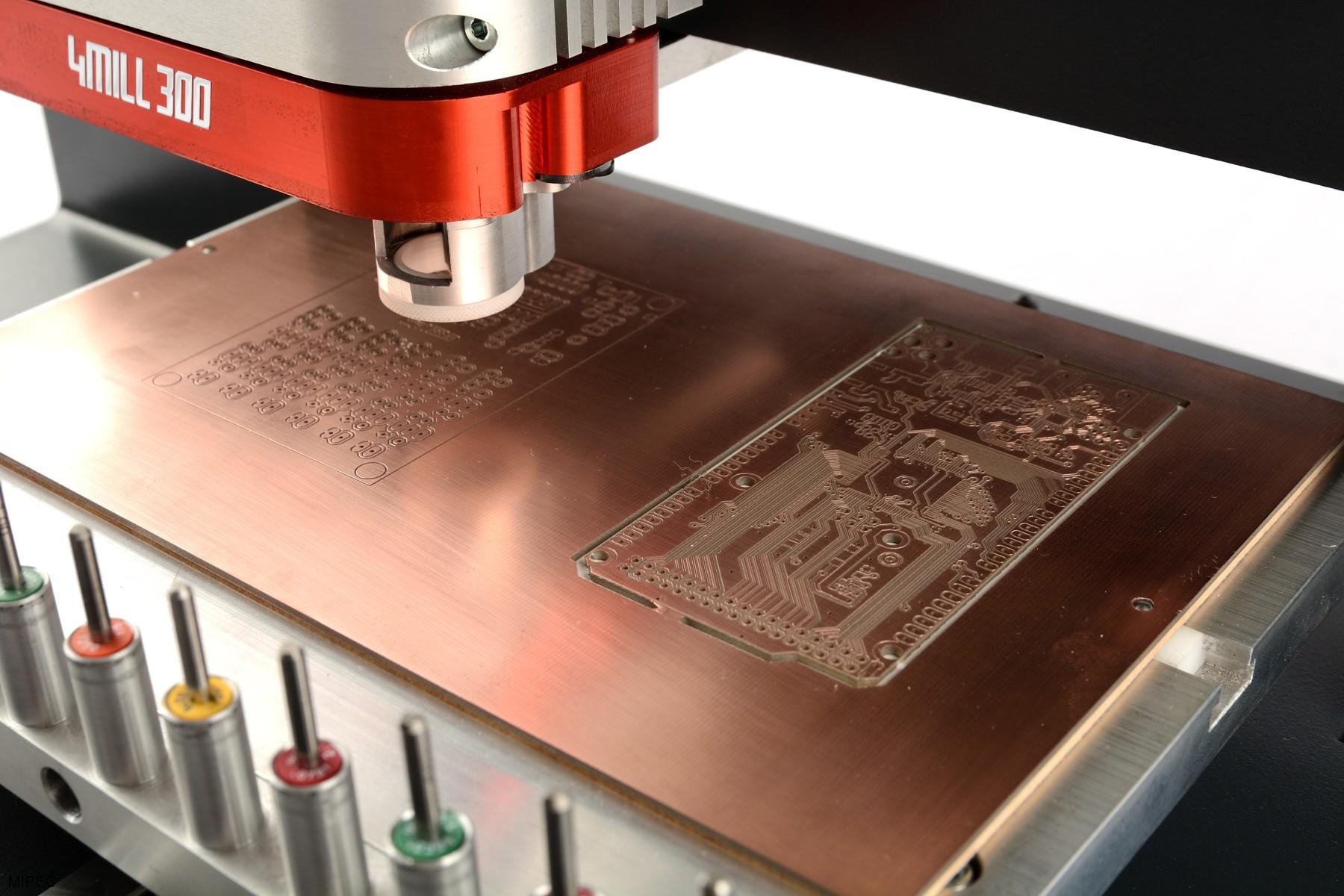
So the only way of getting proper heat onto the board is to put them down the middle where they are going to get the maximum temperatures anyway. This is a very small oven I have previously tried to do 9 of my 2 in.² boards all at once but this meant that I had 3 boards in between the 2 heating elements and then to lots of 3 boards either side of one heating element and the boards that were on the 2 outer rows did not properly reflow. I'm not sure how it would help me though. I do in fact have a thermal imaging camera. I see when in fact the small amount of copper plane I am using as heat sinks and for LEDs does seem pretty much untouched. Time perhaps for a new controller for it?

So has this been caused by the thinner board which I did in the hope of saving material yes I am an environmentalist but also saving weight for when these things are shipped in volume from China or was this caused by the lack of copper pours all over the board? Does the copper covering do something to protect the a FR4 from the infrared heat? Do I simply need to use a different reflow profile? I'm not sure that these ovens actually allow me to create my own profile. After the 1st one went up in smoke I tried another one and observed it and as soon as I saw the PCB start to bubble I pulled the tray open and it was saved and the parts were perfectly re-flowed. The overheating of the board is starting just as the parts reflow. The main difference from the original design is that the board is now 0.8 mm thick but I have also not put any filled planes on it. I have just had the same board made and I offered it and things got a bit smoky as the FR4 started to delaminate and smoulder.

I also successfully assembled a board that boards about 100 x 90 mm and 1.6 mm thick. I have used it to produce a number of boards now mostly all of them to inches by 2 inches and 1.6 mm thick. I have one of those cheap reflow oven's from China the T962.


 0 kommentar(er)
0 kommentar(er)
